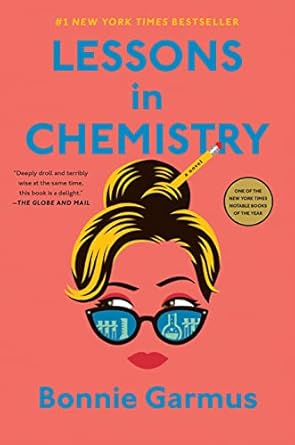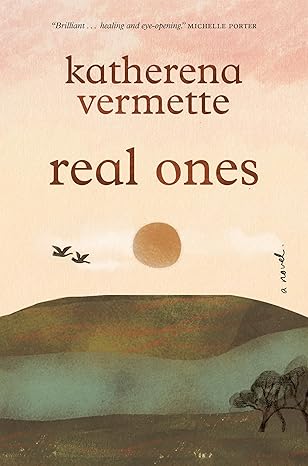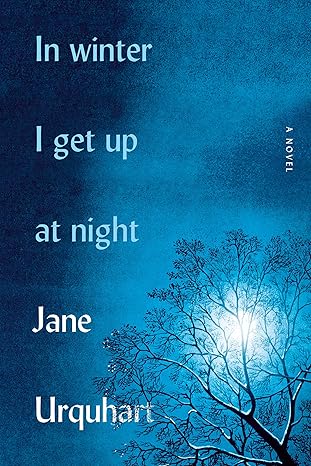3 Stars
Having given up on Louise Penny’s Armand Gamache series for my morning walk audiobooks, I was debating what series to try next when I came across an article about Jacqueline Winspear bringing her Maisie Dobbs series to an end with the publication of an eighteenth book. Not having read any of them, I decided I’d start with the first book published in 2003 with an eponymous title.
It’s 1929. Maisie, following the footsteps of her mentor Maurice Blanche, sets up a business as a psychologist/investigator. For her first case she is hired by a man to follow his wife whom he suspects of infidelity. This case and a request from her aristocratic benefactress, Lady Rowan Compton, leads to Maisie investigating a home where disfigured soldiers take refuge to escape the stares of society.
Since this is the first in the series, it’s not surprising that the mystery becomes almost secondary. Instead, there is a focus on Maisie’s background. We learn about her childhood as the motherless child of a greengrocer, and how she comes to Lady Compton’s attention and is tutored by Maurice Blanche. Her university studies are interrupted by World War I and she becomes a nurse sent to France.
Maisie has considerable luck and chance always works in her favour. For instance, Billy Beale, the handyman and assistant she employs, was one of her patients, and one who is extremely grateful. Just as Maisie becomes aware of The Retreat for injured soldiers, Lady Compton conveniently approaches her about checking out the facility. Maisie meets Dr. Simon Lynch and then ends up stationed near him in France.
Maisie is portrayed as almost too perfect. She is attractive and intelligent and empathetic and intuitive. She fits the character archetype known as Mary Sue in that she is portrayed as extremely competent, gifted with unique talents, liked or respected by most other characters, unrealistically free of weaknesses, extremely attractive, innately virtuous, and generally lacking meaningful character flaws. She has the ability to mimic someone’s body posture and thereby understand his/her emotional state. She moves easily through society, being comfortable regardless of people’s status. Others think very highly of her; Lady Compton and Maurice Blanche recognized her potential almost immediately, and Billy virtually worships her. Only in the end is there a scene that suggests she is less than perfect.
As a mystery, this is less than stellar. The villain is easily identifiable and the crime easily solvable, though there is of course a dramatic climax replete with danger. Now that Maisie’s background has been established, I’ll see how the series develops. Will I become disenchanted or will I read all eighteen books? For now that’s a mystery.








